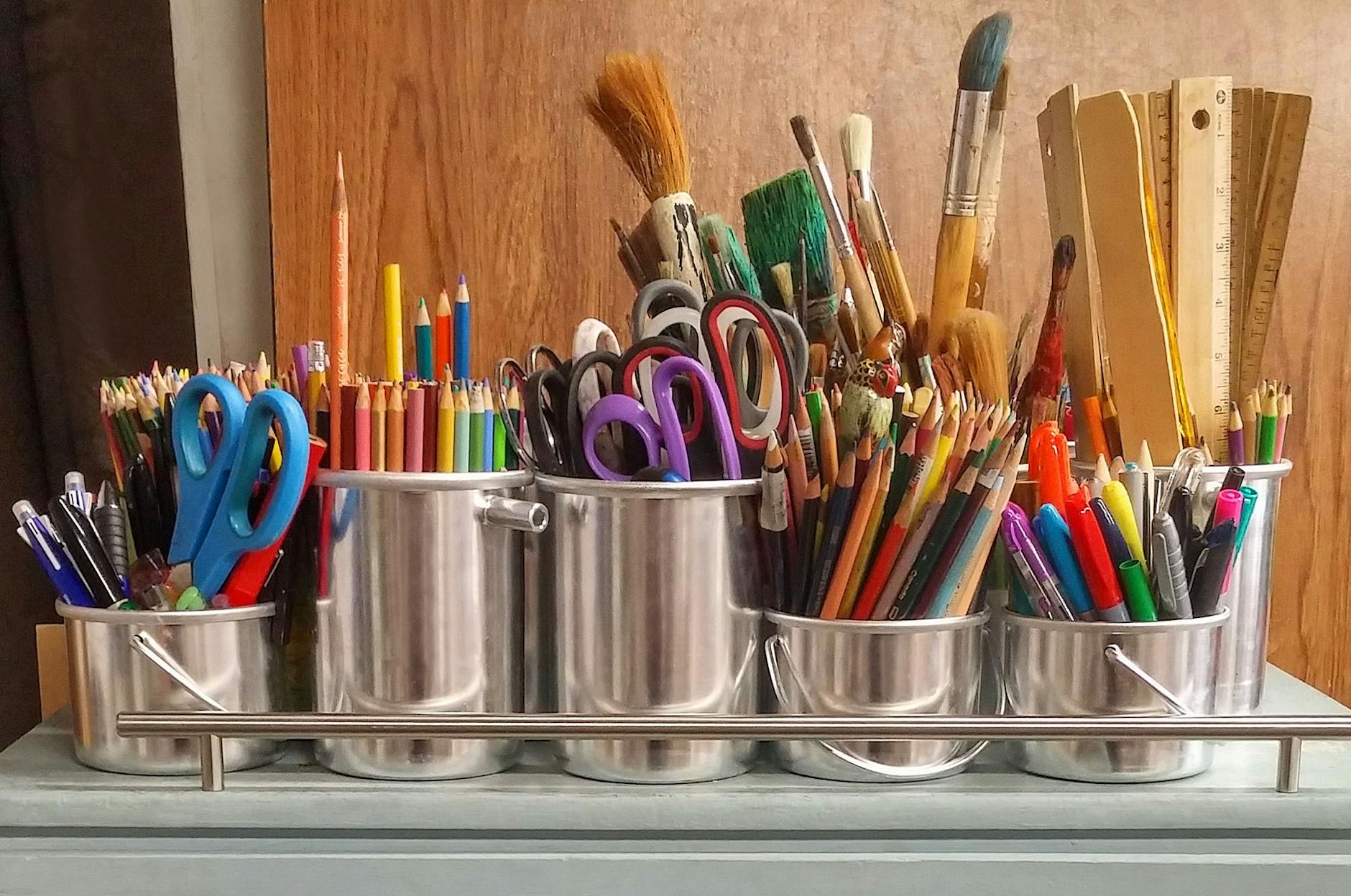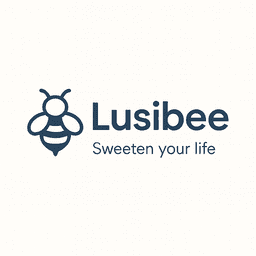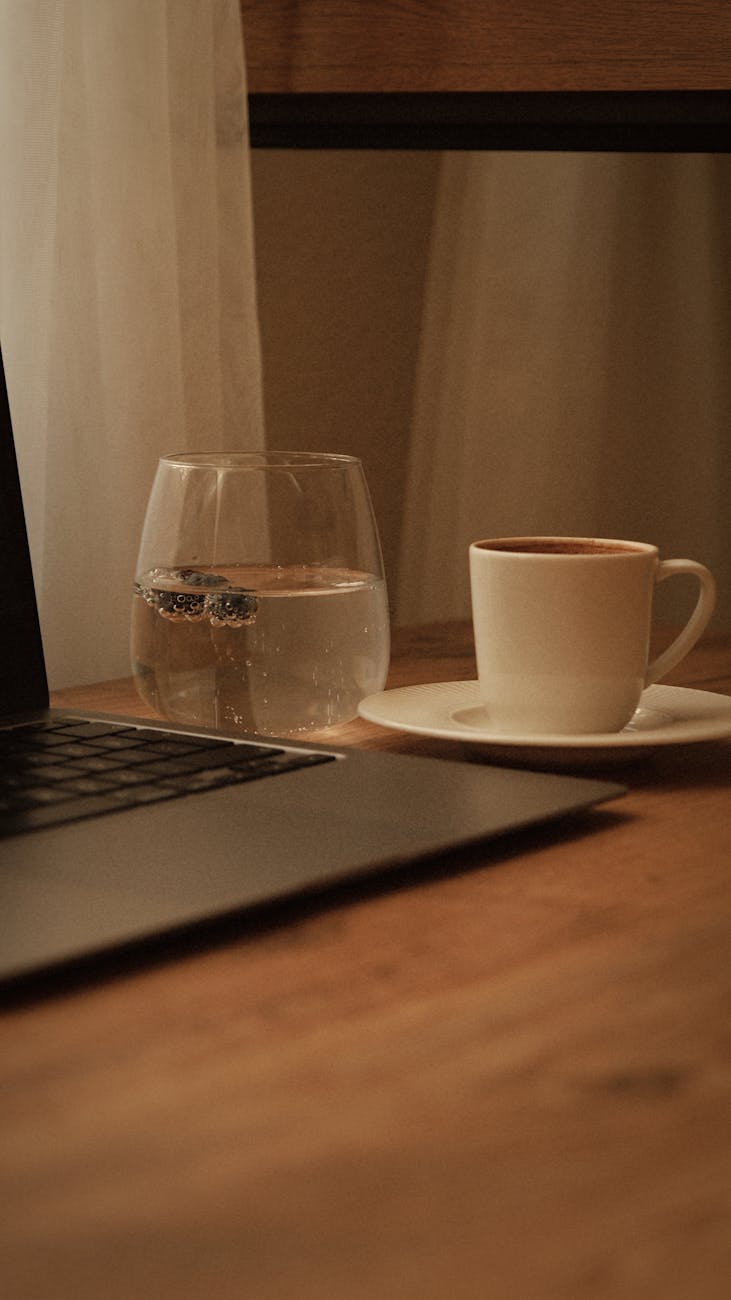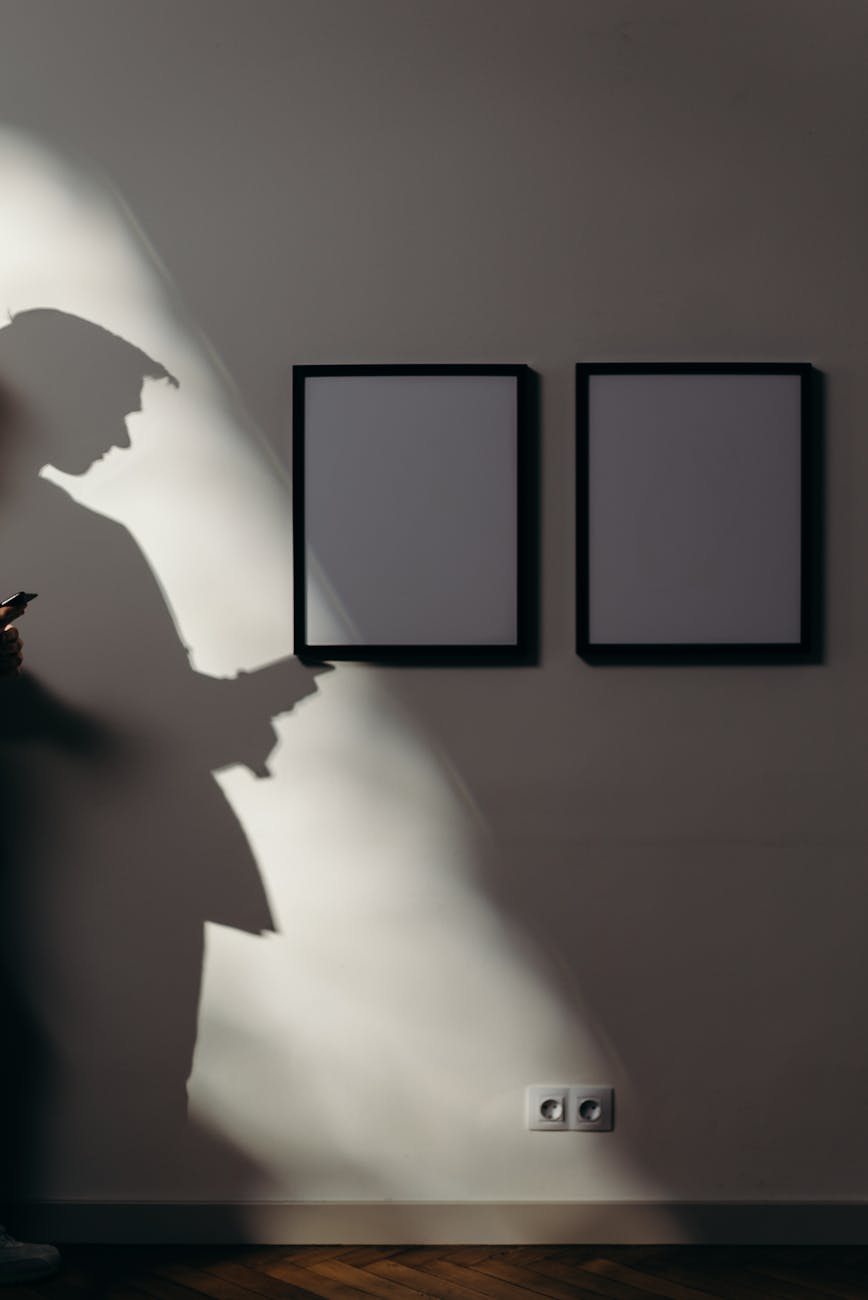
Introduction
Looking for ways to spend your free time without breaking the bank? Creative pursuits are an excellent way to relax, sharpen skills, and produce something satisfying — and many of them cost very little. This article outlines budget-friendly creative activities that are easy to start, enjoyable to maintain, and scalable as your interest grows. We’ll move from quick, low-skill projects to more expressive outlets, show how one activity can feed another, and offer practical tips on supplies, time commitment, and ways to share or monetize your creations. Whether you have 15 minutes or a few hours each week, these ideas are designed to fit small budgets and busy schedules while keeping your creative momentum going.
Start with simple crafts
Begin with projects that require minimal materials and immediate satisfaction. Simple crafts build confidence, teach basic techniques, and often use household items. Try these low-cost options:
- Paper crafts: origami, homemade greeting cards, and paper garlands. Materials: scrap paper, glue, scissors.
- Upcycling: turn glass jars into candle holders, paint old tees into tote bags, or repurpose cardboard into organizers.
- Beading and friendship bracelets: inexpensive thread or embroidery floss and a small bead set create wearable art.
Practical tips: keep a small “starter kit” with scissors, glue, a craft knife, tape, and basic paints. Set micro-goals like finishing one small piece per session; small wins increase the odds you’ll stick with it. These projects also make great prompts for later creative activities — a handmade card can inspire a short story or a photo setup.
Explore creative writing and journaling
Once you’re comfortable making things with your hands, shift inward. Writing and journaling are almost zero-cost and deepen observation skills useful in visual arts. Try short formats first:
- Microfiction and prompts: write 100-word stories from household prompts, news headlines, or objects you made in crafts sessions.
- Gratitude and idea journals: keep a small notebook to record three things you noticed during a creative session, then expand those notes into longer pieces.
- Collaborative exercises: swap a writing prompt with a friend and build on each other’s scenes.
How this connects to crafts: documenting the process helps refine projects and creates content to share online. Use a cheap notebook or free digital notes app. If you want structure, follow a 10-minute daily writing habit; regularity beats long, infrequent sessions.
Try low-cost visual arts and photography
With foundational crafting and storytelling skills in place, explore affordable visual arts and photography to present your ideas. These activities require modest investment but offer high creative return.
- Sketching and watercolors: a small sketchbook, a basic watercolor set, and a few brushes are enough to start.
- Smartphone photography: use natural light, simple props (like your crafts), and free editing apps to create portfolio pieces.
- Collage and mixed media: combine magazine clippings, fabric scraps, and painted papers to tell visual stories rooted in your writing prompts.
Practical advice: practice composition by photographing the same object under different lighting and angles. Pair a short written caption from your journal with each image to create a cohesive post or mini-series. This stage naturally builds content for social sharing, online marketplaces, or local craft fairs without large upfront costs.
Mix creativity with learning and sharing
After trying hands-on crafts, writing, and visual work, the next step is combining these skills into projects, learning new techniques economically, and sharing your work. This keeps momentum and offers social feedback.
- Project ideas: create a themed zine combining microfiction and sketches, make a photo series documenting your upcycling process, or produce simple handmade gifts paired with a short handwritten story.
- Low-cost learning: use free tutorials, library books, or community workshops. Swap skills with friends to learn new techniques without spending money.
- Sharing and monetizing: post on social platforms, sell small items at local markets, or offer commission pieces. Start small and test what resonates.
By linking earlier activities, you create richer work: a crafted object inspires a story, which you illustrate and photograph, then package into a zine or online post. That loop of create-write-share accelerates skill growth and keeps costs low.
Quick comparison table: activities, cost, time, skill level
| Activity | Estimated cost | Time per session | Skill level |
|---|---|---|---|
| Paper crafts | $0 – $10 | 15 – 60 minutes | Beginner |
| Upcycling | $0 – $15 | 30 minutes – 2 hours | Beginner to intermediate |
| Microfiction & journaling | $0 – $10 | 10 – 30 minutes | Beginner |
| Sketching & watercolors | $10 – $30 | 20 – 90 minutes | Beginner to intermediate |
| Smartphone photography | $0 – $20 | 15 – 60 minutes | Beginner to intermediate |
| Collage & mixed media | $0 – $20 | 30 minutes – 2 hours | Beginner to intermediate |
Conclusion
Budget-friendly creative activities let you make the most of free time without large investments. Start with simple crafts to build confidence, then expand into writing to sharpen observation and storytelling. Use affordable visual arts and smartphone photography to present your ideas, and combine these skills into projects that teach new techniques, encourage sharing, and may even generate income. Keep a small, versatile supply kit, set achievable time-based goals, and lean on free resources like libraries, online tutorials, and skill exchanges. The key is consistency and experimentation: small, regular creative sessions compound into meaningful progress and lasting enjoyment.
Image by: Pixabay
https://www.pexels.com/@pixabay



